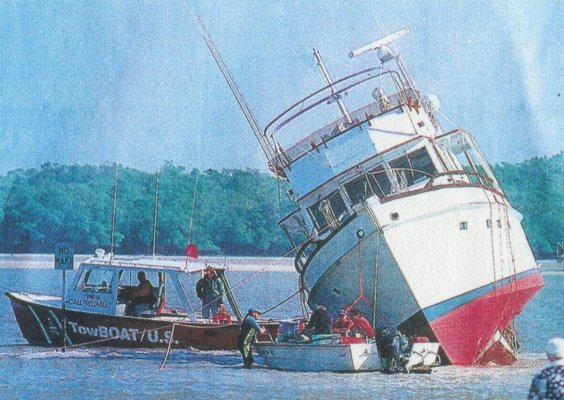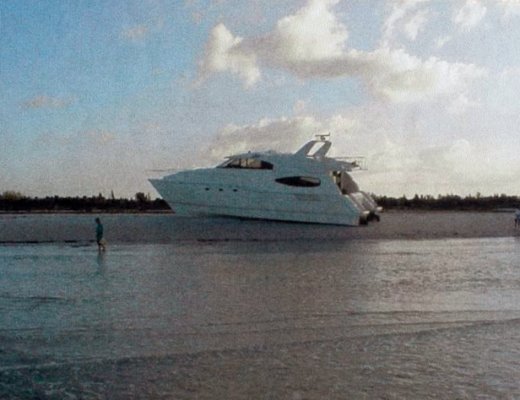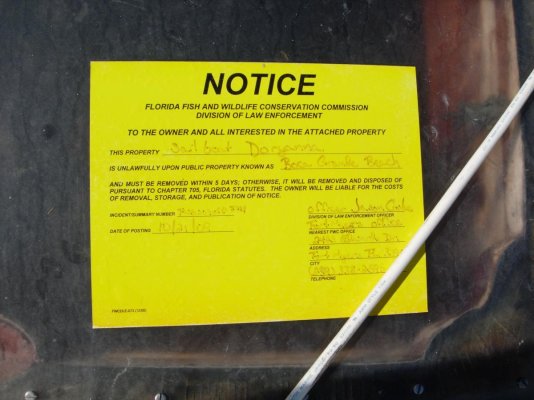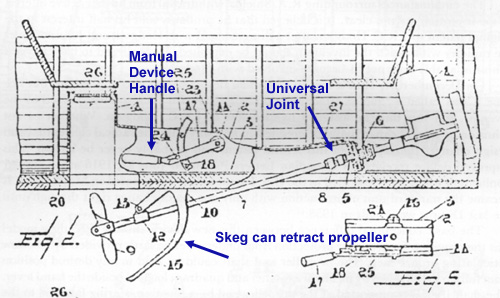OBXSkipper
Veteran Member
Great Forum, I've read all the Californian threads.
I'm in the process of searching for that cruiser that will keep me company for the next 20yrs (I hope). I've sailed a Cape Dory 36 since 83, times are changing so I'm lookin at Trawlers. I draw 5' plus a bit and have bounced, skipped, and even plowed the bottom here in N/E NC. No problm she is a full keeled vessel. While researching the California's it looks like anything but a soft slow grounding is gonna crunch. Some other makes appear to be quite a bit more protected. I realize this may not be as great a concern for folks on the west coast where you have plenty of water. On the ICW there are areas where if you stray from the channel you may encounter skinny water very quickly . So my question is how well does she handle a slow slide into the sand ? After reviewing the design it looks like the hard chine of the design may keep her from being a real roller in the open ocean swell. The boat I'm lookin at right now has a set of Perkins in her. I have a Perkins 4108 in my CD and they are tough but dirty motors as time wears on. Has anyone had issues with the Perkins ? Thanks Steve
I'm in the process of searching for that cruiser that will keep me company for the next 20yrs (I hope). I've sailed a Cape Dory 36 since 83, times are changing so I'm lookin at Trawlers. I draw 5' plus a bit and have bounced, skipped, and even plowed the bottom here in N/E NC. No problm she is a full keeled vessel. While researching the California's it looks like anything but a soft slow grounding is gonna crunch. Some other makes appear to be quite a bit more protected. I realize this may not be as great a concern for folks on the west coast where you have plenty of water. On the ICW there are areas where if you stray from the channel you may encounter skinny water very quickly . So my question is how well does she handle a slow slide into the sand ? After reviewing the design it looks like the hard chine of the design may keep her from being a real roller in the open ocean swell. The boat I'm lookin at right now has a set of Perkins in her. I have a Perkins 4108 in my CD and they are tough but dirty motors as time wears on. Has anyone had issues with the Perkins ? Thanks Steve

 , I probably have more grounding experience than most Californian owners on this forum. I boat in the skinny CA Delta. I'd say you're right, there is a lot exposed to damage from all but the softest of groundings.
, I probably have more grounding experience than most Californian owners on this forum. I boat in the skinny CA Delta. I'd say you're right, there is a lot exposed to damage from all but the softest of groundings.




